Pharyngeal Airway and Paranasal Sinus Volume Calculation with AI | CranioCatch CBCT Analysis
Calculation of Airway and Paranasal Sinus Volumes with Artificial Intelligence
Calculation of airway and paranasal sinus volumes with artificial intelligence is one of the most significant technological advancements that brings speed, accuracy, and reliability to image analysis processes in dental radiology. Especially the three-dimensional data obtained through CBCT analysis offers high precision in airway volume and paranasal sinus volume measurements. However, since manual measurement methods are time-consuming and prone to observer-dependent errors, AI-powered automatic analysis systems are revolutionizing clinics.
At this point, CranioCatch makes a difference in the fields of dentistry and radiology with its AI-based image analysis technologies. The platform automatically segments airway and sinus regions, calculating volume measurements in seconds. This provides clinicians with faster, more accurate, and standardized results.
How are airway and sinus volumes measured in CBCT images?
CBCT (Cone Beam Computed Tomography) allows for high-resolution imaging of three-dimensional anatomical structures in dentistry. Airway volume and paranasal sinus volume measurements are usually obtained from this CBCT data. Traditionally, these measurements are performed using a manual segmentation method; an expert individually marks each slice to calculate the volume. However, this method is both time-consuming and can lead to operator-dependent errors.
AI-powered CBCT analysis greatly simplifies this process. Advanced segmentation algorithms automatically recognize anatomical boundaries and calculate the volume of each region with millimeter accuracy. Thus, clinicians obtain results in a shorter time, and consistency between data increases. These measurements are vital, especially in orthodontic treatment planning or pre-sinus surgery evaluation.
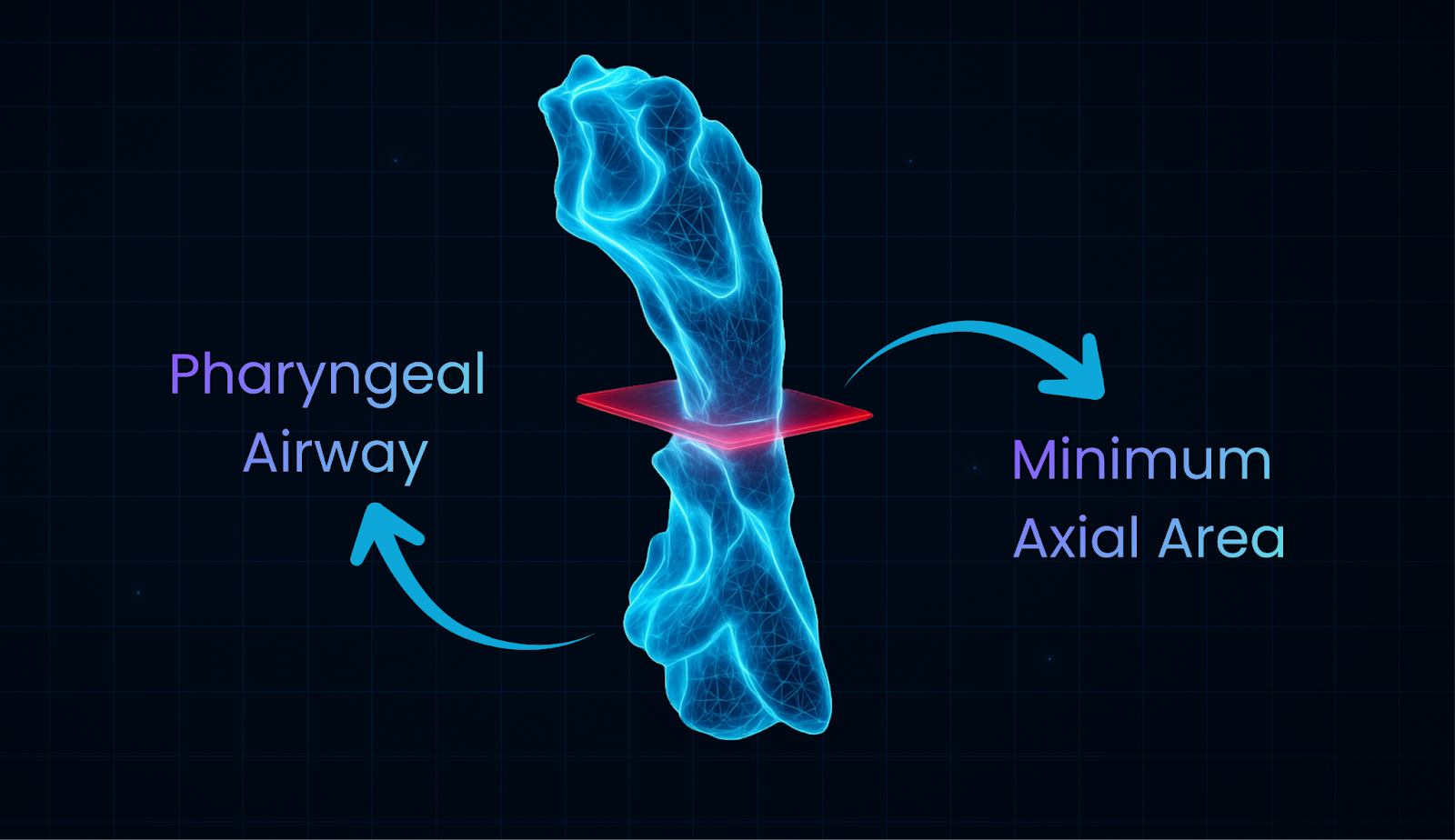
CranioCatch's role in AI-powered volume calculation
CranioCatch, with its artificial intelligence solutions developed in the field of dental image analysis, provides unique accuracy in airway volume and paranasal sinus volume measurements. After loading CBCT images, the system automatically identifies the relevant anatomical regions and completes the segmentation process in seconds.
This automatic process reduces the manual analysis burden on clinicians while minimizing measurement errors. Furthermore, the system can perform accurate volume calculations even in patients with different anatomical variations. Especially in the diagnosis of obstructive sleep apnea (OSA), accurate evaluation of airway volume plays a critical role in treatment planning. Similarly, paranasal sinus volume measurements are also an important parameter in the evaluation of sinusitis, cysts, or other pathologies.
CranioCatch also offers automatic reporting and 3D modeling support in this process, strengthening clinical decision-making processes.

Clinical importance of volume measurements and their impact on treatment planning
Airway volume is an important criterion, especially in orthodontic treatment planning, for analyzing conditions such as jaw constriction or posterior rotation. Reduced volume can also indicate respiratory disorders such as obstructive sleep apnea. Therefore, volume analysis from CBCT data provides critical clinical information for both orthodontists and ENT specialists.
Similarly, paranasal sinus volume is important in evaluating maxillary sinus health and implant planning. Thickening of the sinus mucosa, polyps, or changes in air-filling rates can be more easily detected with accurate volume measurement. AI-powered CranioCatch systems automatically analyze this data, providing clinicians with a reliable reference in treatment planning.
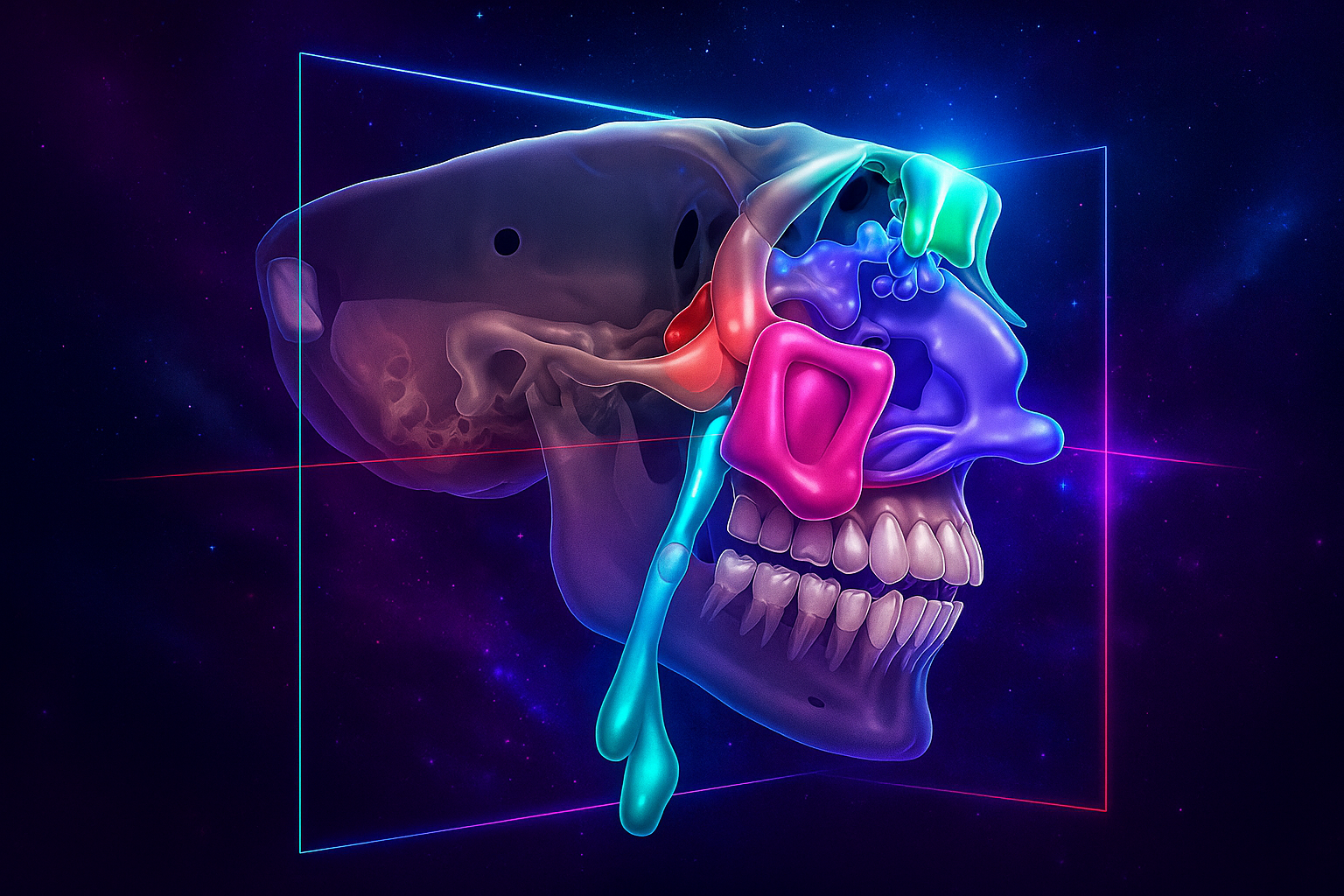
Future of volume analysis: AI, 3D modeling, and clinical decision support
In the future, artificial intelligence-supported volume analyses are expected not only to be limited to measurement but also to work integrated with clinical decision support systems. Next-generation algorithms can combine airway volume and paranasal sinus volume measurements with treatment plan recommendations.
CranioCatch has already started to implement this vision. Thanks to the developed 3D modeling features, clinicians not only perform volume calculations but also visualize the patient's anatomical structure in detail. This provides a personalized approach to treatment planning.
While artificial intelligence shapes the future of radiological analyses, CranioCatch continues to offer a fast, accurate, and user-friendly solution to dentists.
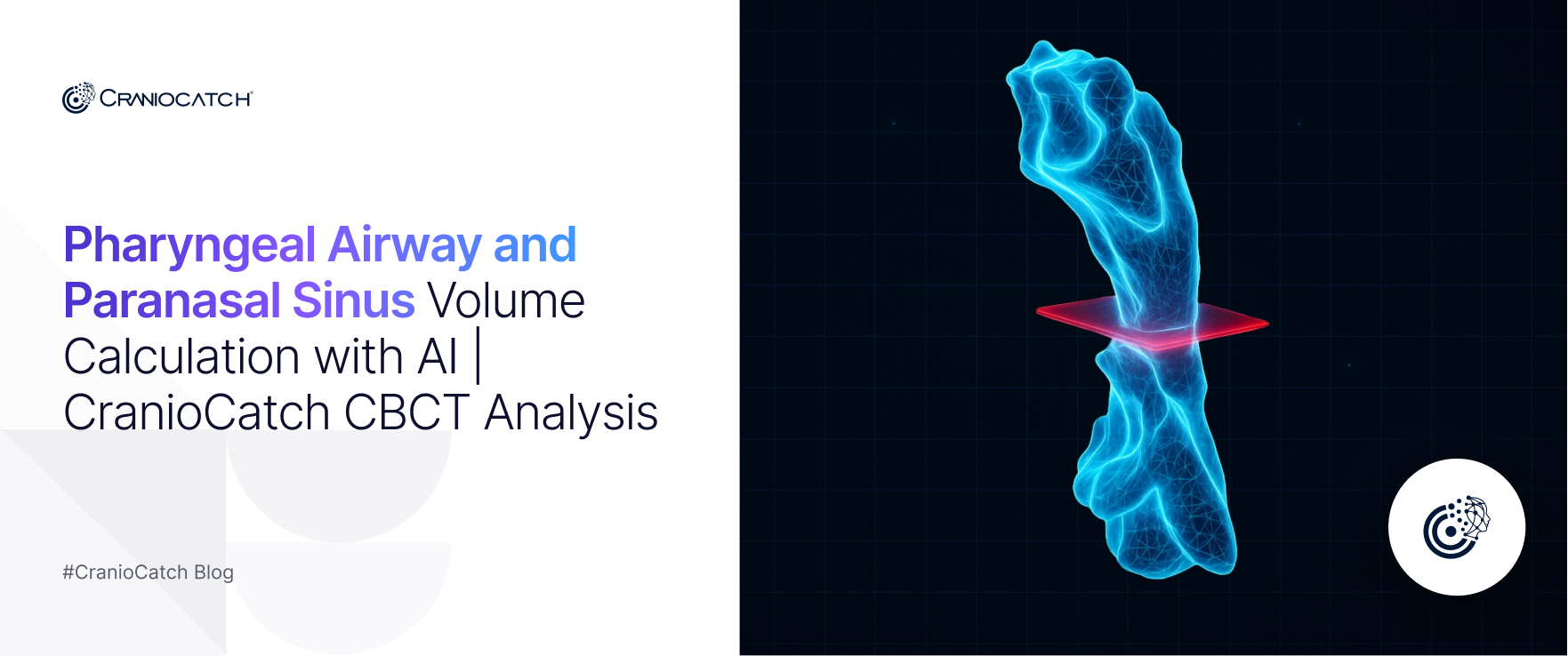
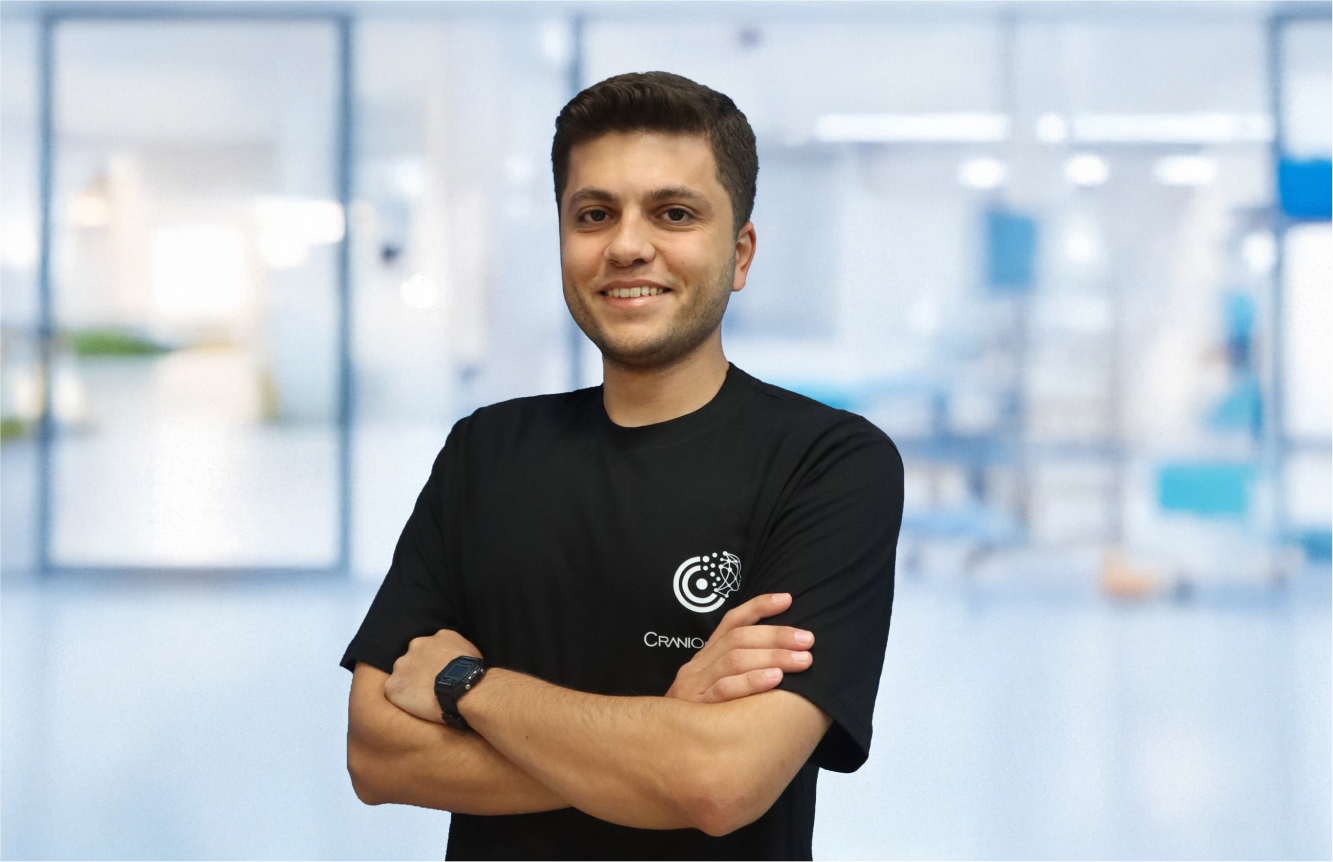


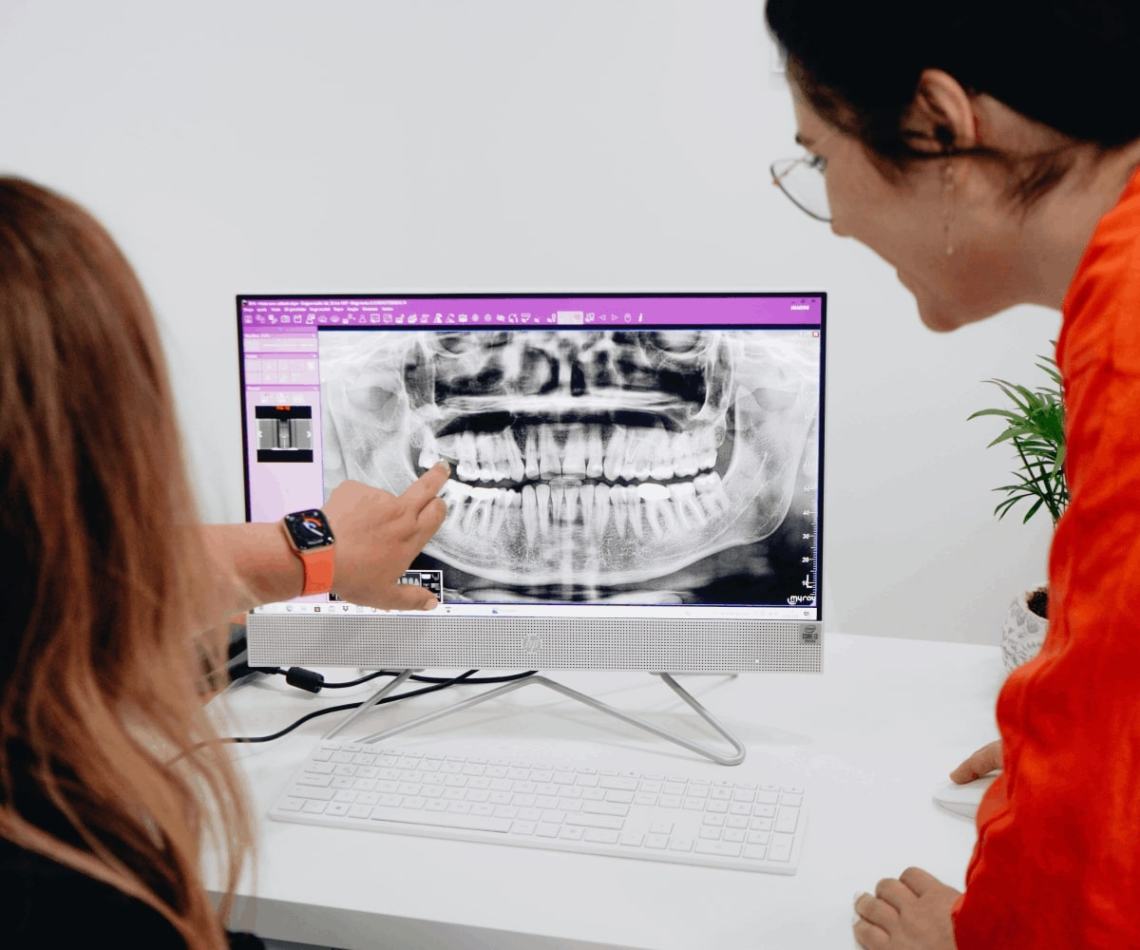
 Contact Us
Contact Us

